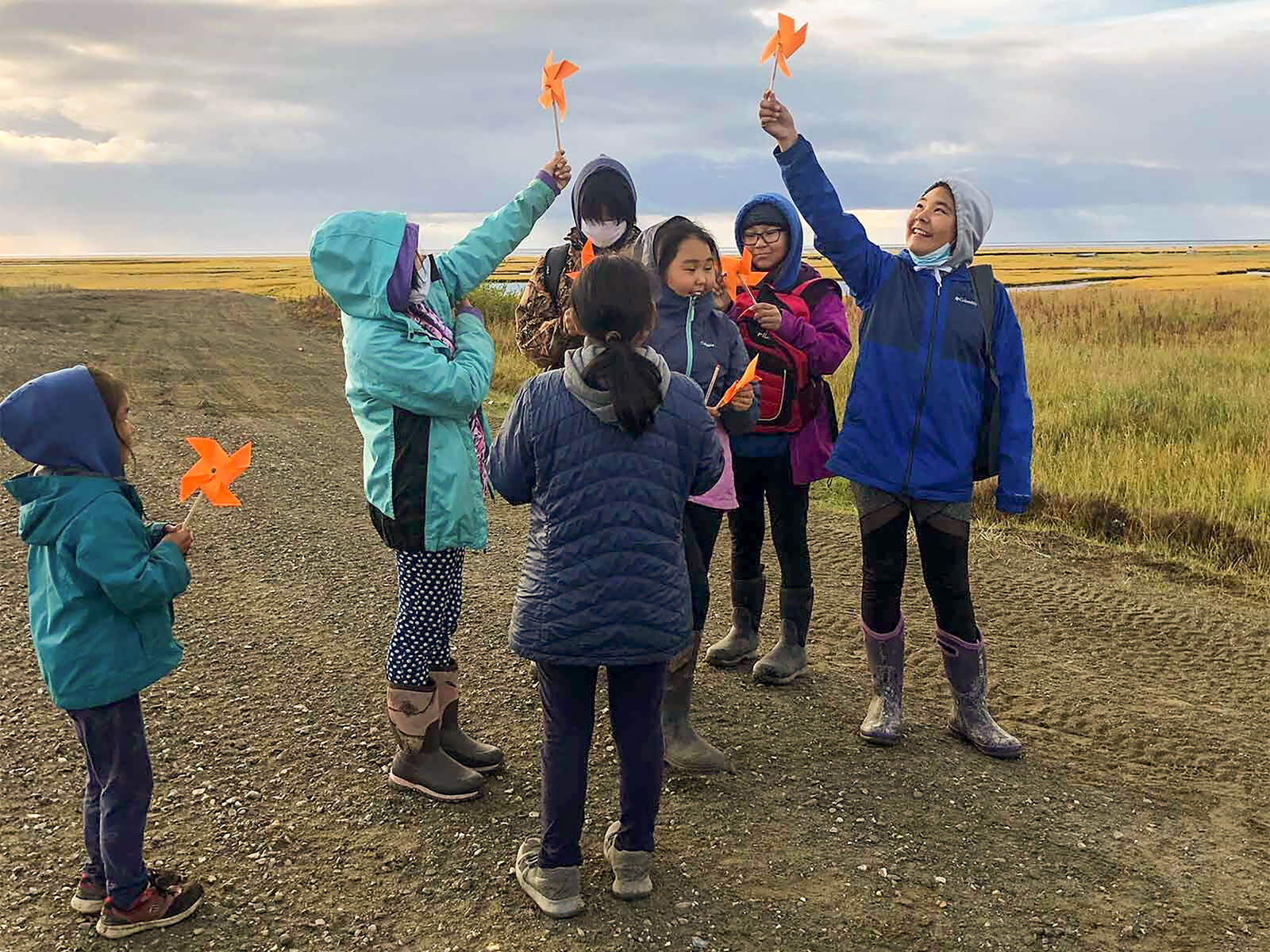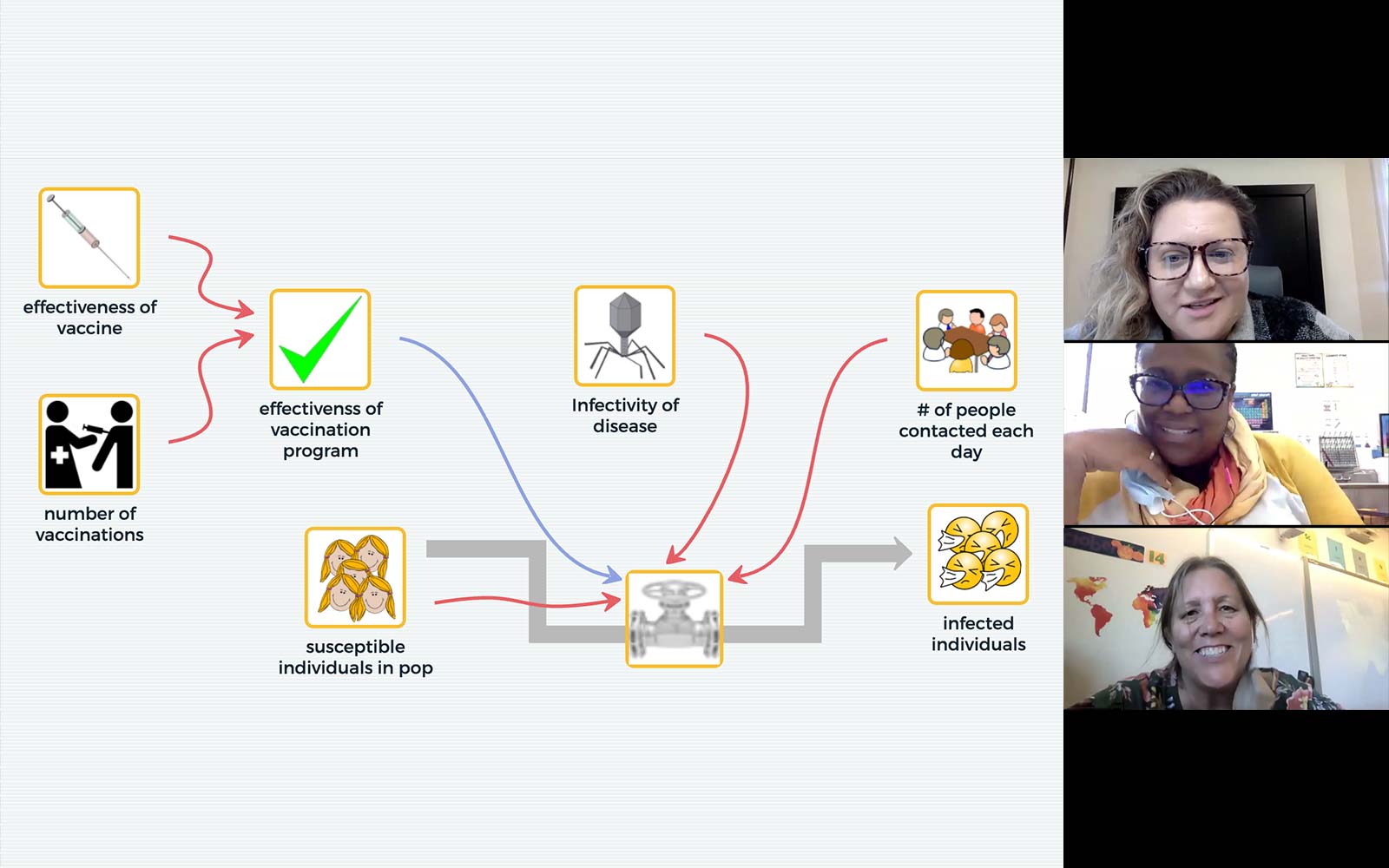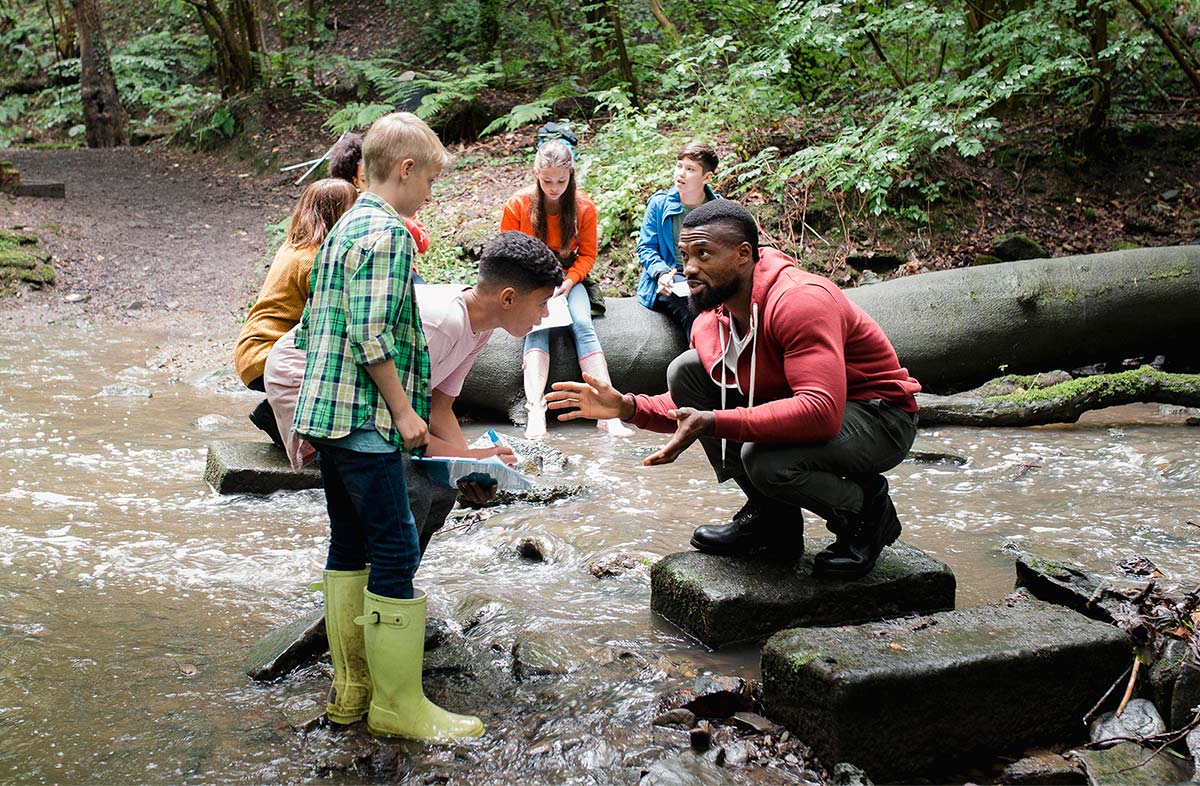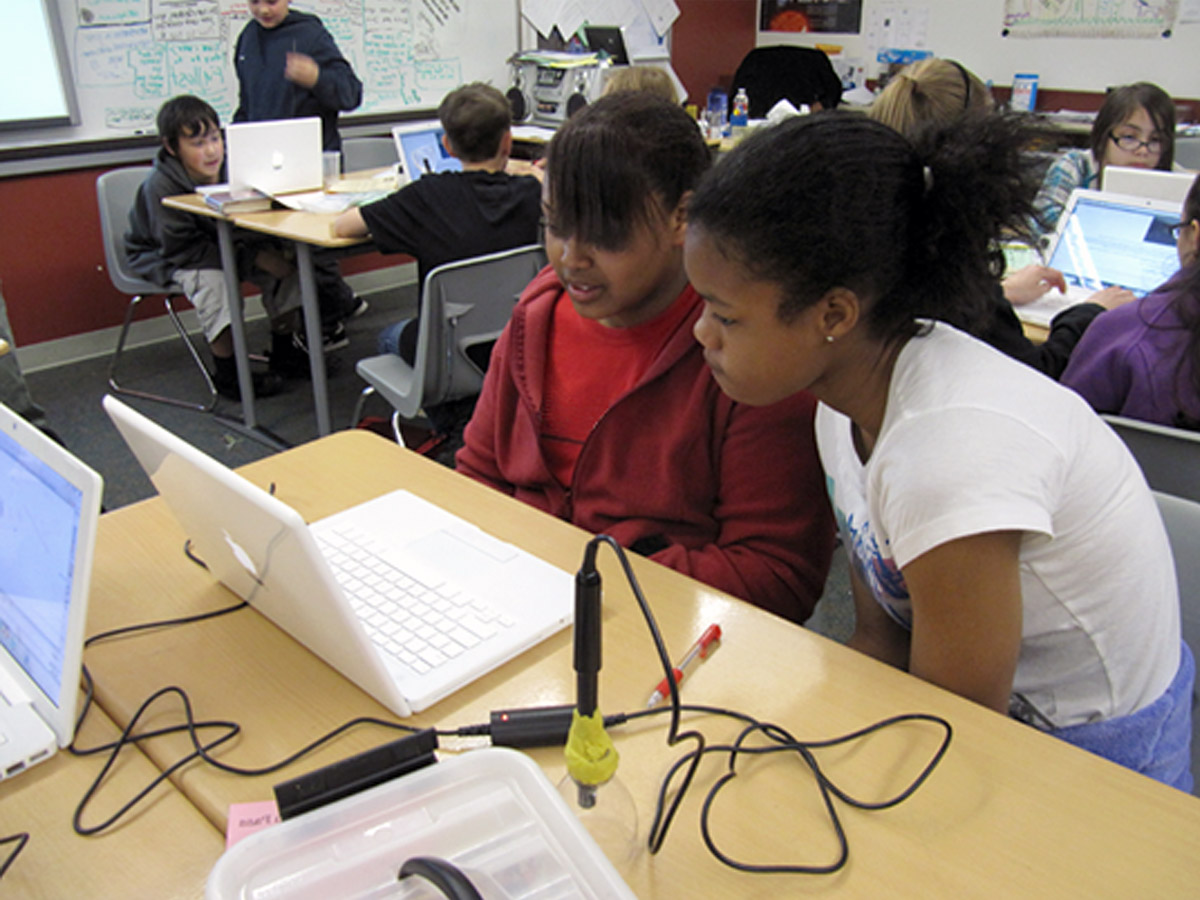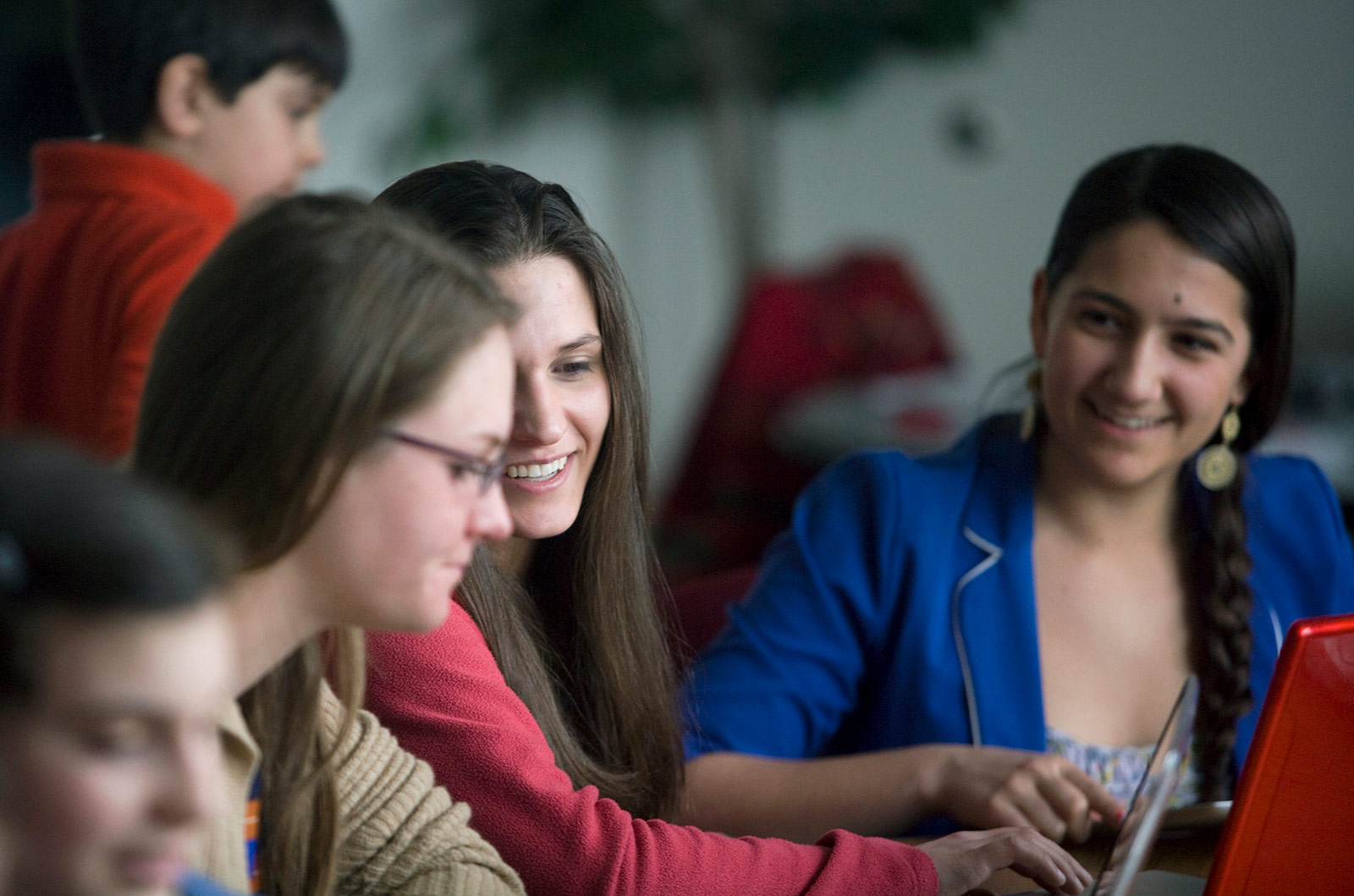Separating the Signal from the Noise (SeismicML)
Importance
The Earth’s crust is constantly vibrating from natural and human-caused tremors. Natural causes such as shifting tectonic plates, avalanches, rockfalls, and the ebb and flow of tides, plus human activities such as construction, road traffic, and sporting events all cause small vibrations. Seismologists have monitored and measured these vibrations to decipher these seismic events and their sources for many years. With modern computational methods, they now use machine learning to help identify and classify seismic events in real-time from thousands of seismographs around the world.
The Separating the Signal from the Noise project (or SeismicML for short) is designing, implementing, and testing computational tools that give students the ability to use state-of-the-art machine learning algorithms to investigate seismic events in their local area. In partnership with the Anchorage School District, the University of Washington, and Kent State University, the project will engage Alaskan students in authentic investigations of their community’s natural and human-caused seismic events using practices and tools of professional geoscientists. The project aims to produce evidence-based teaching strategies that promote students’ ability to conduct authentic computational science investigations.
Research
The SeismicML model will be embedded in an online curriculum module. Design-based research will be used to iteratively develop the model and curriculum modules. The project will investigate the benefits of integrating computational practices in science classrooms on students’ attitudes, perceived relevance of instruction, and content knowledge.
Research is guided by the following questions:
- Improving understanding through computationally integrated science investigations
How do students translate their understanding of seismic waves into an algorithmic model to investigate and classify the sources of seismic signals? To what extent does using the computationally integrated seismic curriculum build students’ computational practices and geoscience content knowledge? - Curricular impact on student learning
What are the novel affordances of integrating geographically relevant data, geoscientific concepts, and authentic computer science and machine learning practices for engaging middle school students in meaningful seismic investigations? Is student engagement with an authentic computationally integrated Earth science curriculum associated with improved attitudes, perceived relevance, and science learning outcomes? - Supporting teachers in teaching with integrated CS and science materials
What types of teacher, curricular, and computation-related supports are necessary to engage students in computationally integrated seismic investigations? In what ways do teachers use their everyday experiences to inform their teaching with locally relevant materials?


